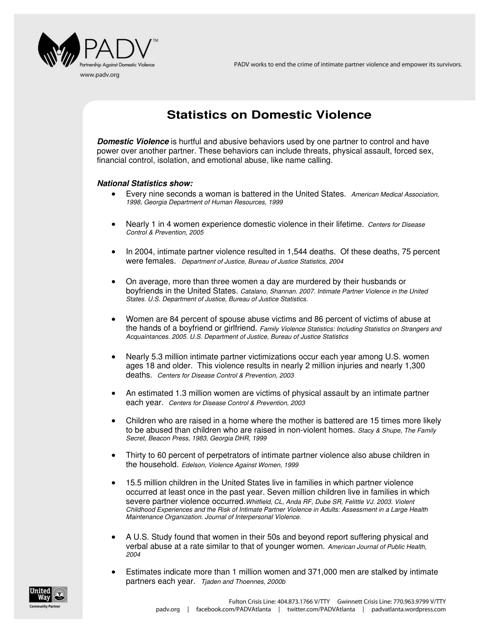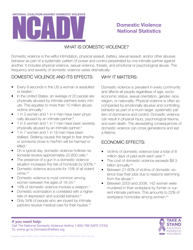Statistics on Domestic Violence - Partnership Against Domestic Violence
Statistics on Domestic Violence - Partnership Against Domestic Violence are used to present data and information about the prevalence, impact, and patterns of domestic violence. They help raise awareness, advocate for change, and develop strategies to address and prevent domestic violence.
The Partnership Against Domestic Violence does not file statistics on domestic violence.
FAQ
Q: What is domestic violence?
A: Domestic violence refers to abuse or violence that occurs within intimate relationships.
Q: How common is domestic violence in the United States and Canada?
A: Domestic violence is a widespread issue affecting millions of people in the United States and Canada.
Q: What are the different types of domestic violence?
A: Domestic violence can involve physical, emotional, sexual, and financial abuse.
Q: Who can be a victim of domestic violence?
A: Anyone, regardless of age, gender, or socioeconomic status, can be a victim of domestic violence.
Q: What are the signs of domestic violence?
A: Signs of domestic violence may include physical injuries, isolation from friends and family, and controlling behavior.
Q: What should I do if I suspect someone is a victim of domestic violence?
A: If you suspect someone is a victim of domestic violence, it is important to offer support and encourage them to seek help from a professional or helpline.
Q: Are there legal protections available for victims of domestic violence?
A: Yes, there are legal protections available for victims of domestic violence, such as restraining orders and advocacy services.
Q: What can I do to help prevent domestic violence?
A: To help prevent domestic violence, you can become informed about the issue, support organizations working to end domestic violence, and promote healthy relationships.





